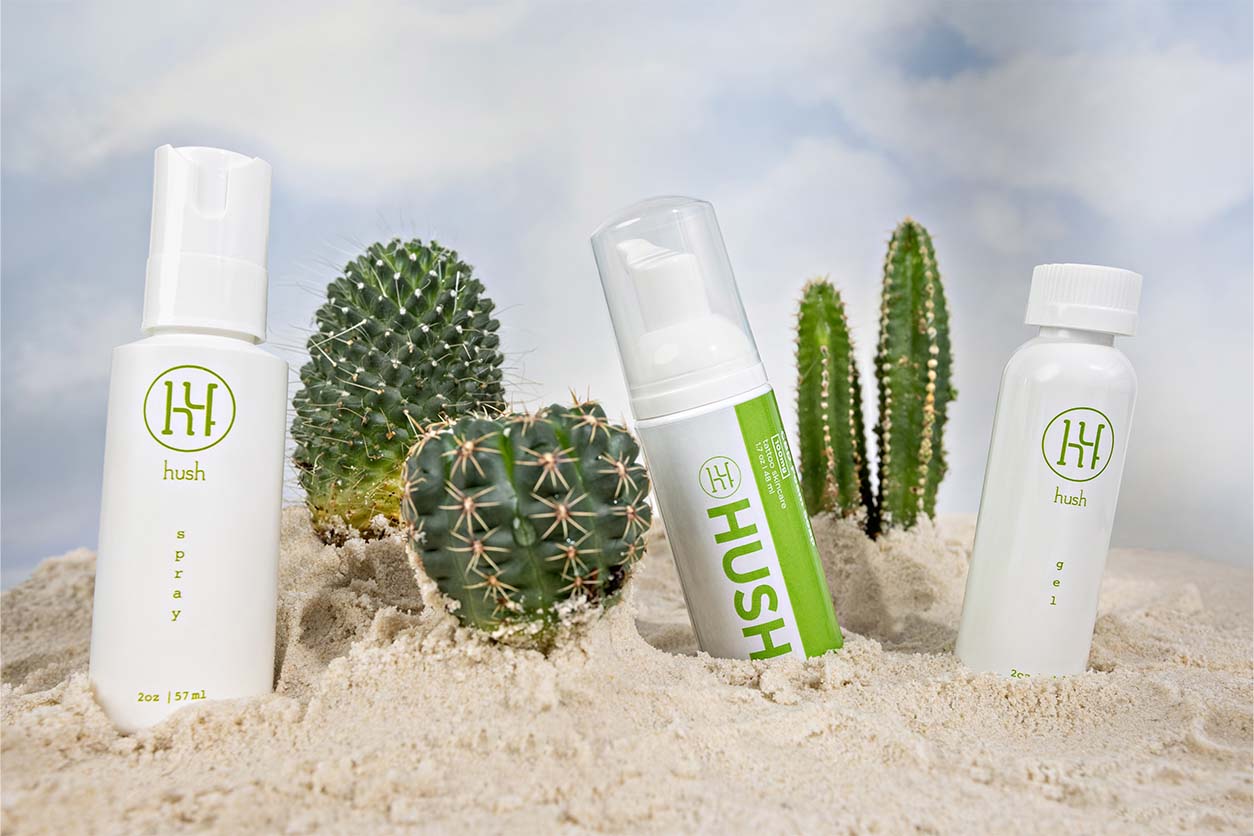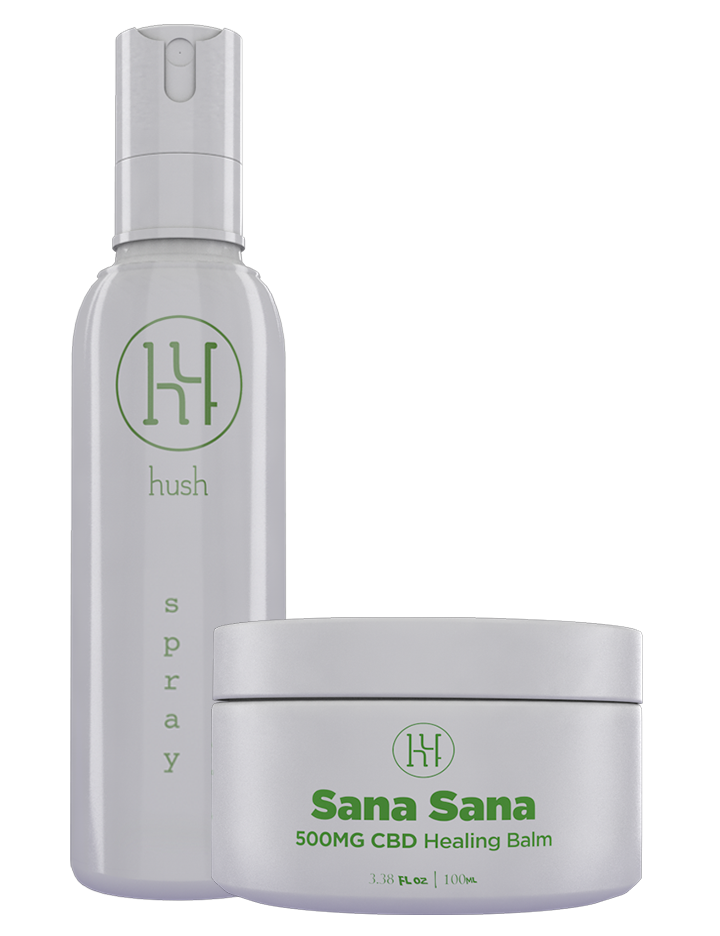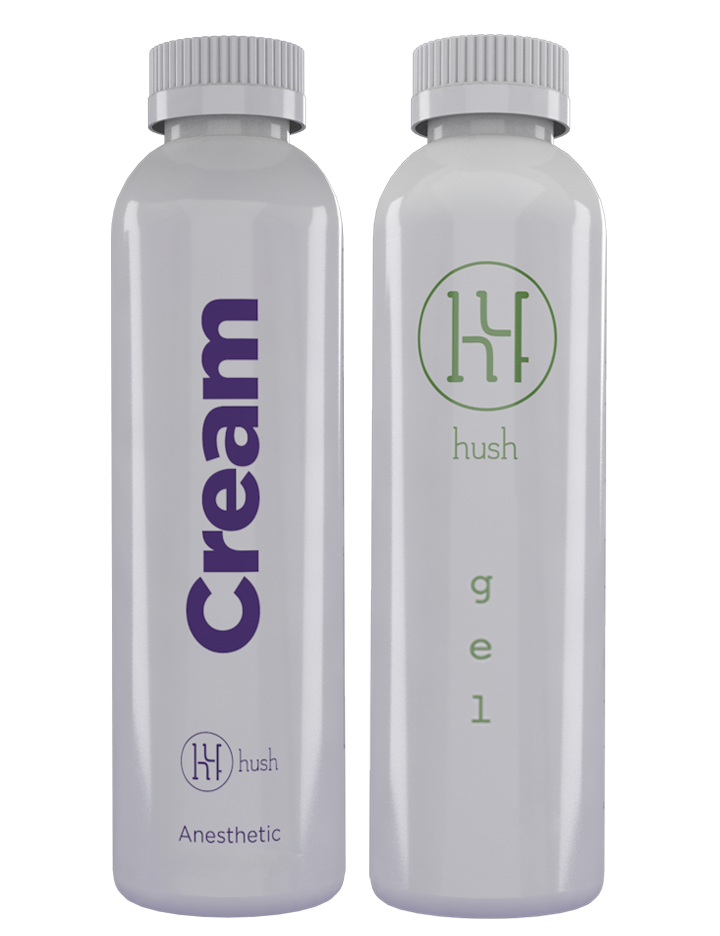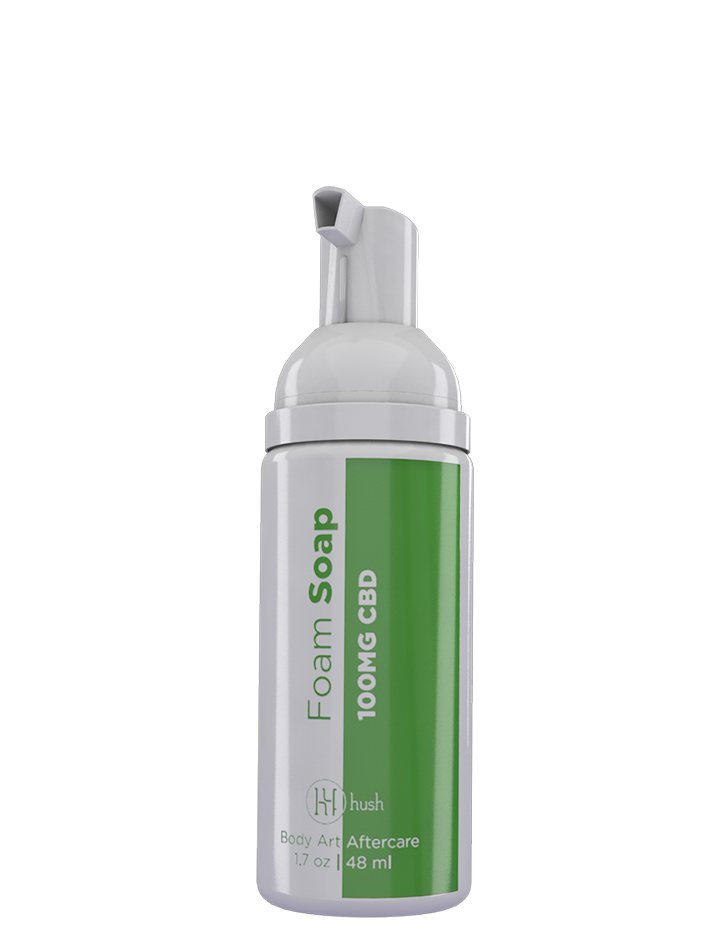Did you get your new tattoo right as the summer sun started shining? Or before a vacation to somewhere warm?
Yeah, we’ve all done it. Look, the answer isn’t fun and probably includes weird tan lines. But tan lines don’t last forever. Your tattoo is supposed to.
We recommend steering clear of sunscreen on a fresh tattoo, but you still need to protect it from the sun. Let’s run through the best ways to do that and why these UV rays are damaging to tattoos, new and old. You got this.
How To Protect a New Tattoo From The Sun?

You'll be sporting a bandage when you walk out of that tattoo studio, and that bandage may even be transparent. Don’t get us wrong, Tegaderms are fantastic for protecting your tattoo and keeping that blood plasma around to speed up your tattoo healing. But the sun can shine right through them. Yikes!
You may think walking home might not be a bad plan, but the sun acts fast. Depending on the day's UV level, you can get a sunburn in 60 minutes or less. So even that walk home is going to matter.
The rule of thumb is to avoid sunscreen for the first two weeks or until your wound closes. It doesn’t have to be a fully-healed tattoo yet, but sunscreen can be a big ouch if there is still an open wound.
How can you protect your new tattoo during those first two weeks? The best best best thing you can do is just keep that tattoo out of the sun. Hide it away in your house. We understand that’s not always possible, so what’s the next best option?
If you have an unavoidable beach day planned, enact the Bandage Method. Look, we don’t love re-bandaging. Your rebandage job could trap bacteria in or suffocate your tattoo if it’s too tight. But if you have to do it, might as well do it right!
- Fragrance-Free Soap: Gently wash your tattooed area with warm water and a trusted soap as you usually would before you rebandage. Rinse, lather, and pat dry with a paper towel.
- Antibacterial Ointment: Use a soothing ointment before bandaging your tattoo. You’ll need it to protect your tattoo from whatever wrap you’re putting on. Nothing worse than a wound sticking to a bandage upon removal (warm water is your best friend).
- Sterile Gauze or Bandage: Leave the plastic wrap in the kitchen drawer! Use sterile, non-transparent gauze or a medical bandage to put over the tattooed area to protect it from the sun. Make sure it’s not wrapped too tightly. You want your wound to be able to breathe under there, especially if it’s going to be hot out. Let it breathe!
If you are wearing clothes over your new tattoo, make sure they are of the loose and non-scratchy variety. Think, comfy.
And remember, we are avoiding any kind of water that isn’t cleaning your tattoo, right? So if you are having a beach day, say no to swimming! Bring some extra potable water for washing down your tattoo in case of an invasive sand emergency.
How Does the Sun Damage Tattoos?
Yes, the sun can hurt your tattoos and especially a new tattoo. UV radiation can damage the DNA in your skin and mess up the chain of command. DNA tells your skin how to act, react, what to grow, and what to kill.
If UV rays get in there and hurt our lovely DNA, it will start malfunctioning causing aging (ew!), wrinkles, sun spots, skin cancer – all the fun stuff.
The skin of a new tattoo is freshly damaged and extra vulnerable. It’s easier for UV rays to get into deeper layers of the skin because the skin is already open. You don’t want to further the damage the sun can do, so try and keep that fresh baby tattoo covered up until it’s at least a closed wound.
Even if you are near perfect with your sunscreen routine, the sun will most likely cause fading damage to your tattoo over time. Even older tattoos are subject to getting a run from the sun. You can ward off how much damage the sun does by being diligent with sunscreen and staying out of the sun when you can.
It’s also good to be aware of the UV level in your area. This level changes daily, and you can usually check it on a weather app. It ranges from zero to 10, zero being a low level and 10 being a high level.
When the UV level reaches seven or above, we recommend staying indoors or under cover during peak sun hours (midday-ish). That’s a generally good practice for your skin health in general.
When Should You Start Putting Sunscreen on a Tattoo?

Once your new tattoo wound has closed, you can start using sunscreen — yay! You’ll be able to tell if your tattoo has become a closed wound when the scabbing starts naturally falling off. Once most of the scabs are gone, your tattoo is closed and doesn’t need the scabs for protection anymore.
Note that your tattoo is still healing underneath. While it’s not open to the world, the skin below the surface and around the ink is still doing some major work.
You’ll want to be careful with what kind of sunscreen you are putting on your tattoo. Honestly, you always want to be careful with what kind of sunscreen you use.
Make sure it includes friendly ingredients or effective naturals. Double-check to make sure it’s rated broad-spectrum to protect from 100 percent of UVA and UVB rays.
Do You Always Have To Put Sunscreen on Your Tattoos?
It’s forever and always with your tattoos. You’ve committed, and there’s no breaking this relationship!
Once your tattoos have settled, you can pretty much go by dermatologists' recommendations of how to keep your skin healthy. Tattoos live in the skin, and your tattoos are healthy when the skin is healthy. Use SPF 15+ whenever you’re outside - even if it’s cloudy! No matter your skin color – we don’t care what your momma told you.
If you don’t have the bandwidth for a full-body sunscreen swipe, be sure to cover your face, chest, and tattoos. These are the areas where you definitely don’t want premature signs of aging or skin cancer.
Apply your sunscreen 30 minutes before going outside and re-apply every two hours.
Healthy Skin Means Healthy Tattoos

If you take care of your skin, you take care of your tattoos. Your body is your vessel for life, from the start to the end. Treat it like your best friend. The better you take care of your body, the better your skin looks, and the better your tattoos look.
Another way you can protect yourself from the sun is by drinking enough water. Dehydration can make you more vulnerable to sun damage. Being properly hydrated will improve skin elasticity and brain function — so you’ll be able to re-apply that sunscreen on time. We love that for you.
Know what else can make you more vulnerable to sun damage? Drinking alcohol. If you are having a beach party, make sure you have a sunscreen-time reminder set and a big hat to wear just in case.
Alcohol increases your skin’s sensitivity to UV rays, making it more likely to get a sunburn while drinking.
Using a daily moisturizer will also help protect your tattoos from being damaged by the sun and in general. If you aren’t moisturizing after cleansing, your skin can dry out of its natural oils. Make sure to replenish those, so your skin stays supple and healthy.
In Summary
In short, you can’t put sunscreen on a fresh tattoo, but you can protect it! Staying out of the sun entirely should do the trick. Try for zero sun exposure for your new tattoos.
You will need to wait until your tattoo wound has transitioned from an open wound to a closed wound before it sees the sun. If you are in a situation where your tattoo is in the sun, you’ll need to resort to re-bandaging. Please, take proper precautions when re-bandaging a healing tattoo — you don’t want to trap anything icky underneath!
Once your tattoo has become a closed wound, you can use a skin-safe, broad-spectrum SPF 15+ (we recommend at least 30+) to protect it from the sun. Just make sure to re-apply as needed.
Taking care of your skin is the best way to protect your tattoo from sun damage. Stay hydrated, internally and topically, and treat your body well. Your tattoo will reflect that.
Sources:
How Long Does It Take To Get a Sunburn? | AZDHS
A Cocktail for Skin Cancer: Why Alcohol and Sun Exposure Do Not Mix | PMC
Preventing Sun Damage and Dehydration | CT.gov




